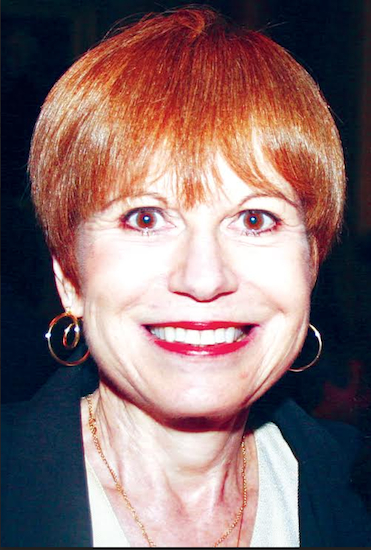Inspired by London’s ancient Inns, Kings County Inn is now in its 15th year
Chuck Otey's Pro Bono Barrister

(Editor’s Note: The following is Part I of a special two-part feature on the Kings County Inn of Court. Part II will follow next week.)
It was a chance early-evening meeting in the judicial parking lot adjacent to 360 Adams St. that set in motion a series of actions that would coalesce around the creation of the Kings County Nathan Sobel American Inn of Court.
On that chilly evening, about 15 years ago, Justices Marsha Steinhardt, Abraham Gerges and Edward Rappaport reviewed their early discussions about launching a Kings County American Inn of Court. They chatted briefly, reviewed the pros and cons and concluded on the spot that it was indeed the time to heed the call of Chief Justice Warren Burger, who had been working since 1985 to bring the ancient English Inns of Court to the United States.

Brooklyn Boro
View MoreNew York City’s most populous borough, Brooklyn, is home to nearly 2.6 million residents. If Brooklyn were an independent city it would be the fourth largest city in the United States. While Brooklyn has become the epitome of ‘cool and hip’ in recent years, for those that were born here, raised families here and improved communities over the years, Brooklyn has never been ‘uncool’.